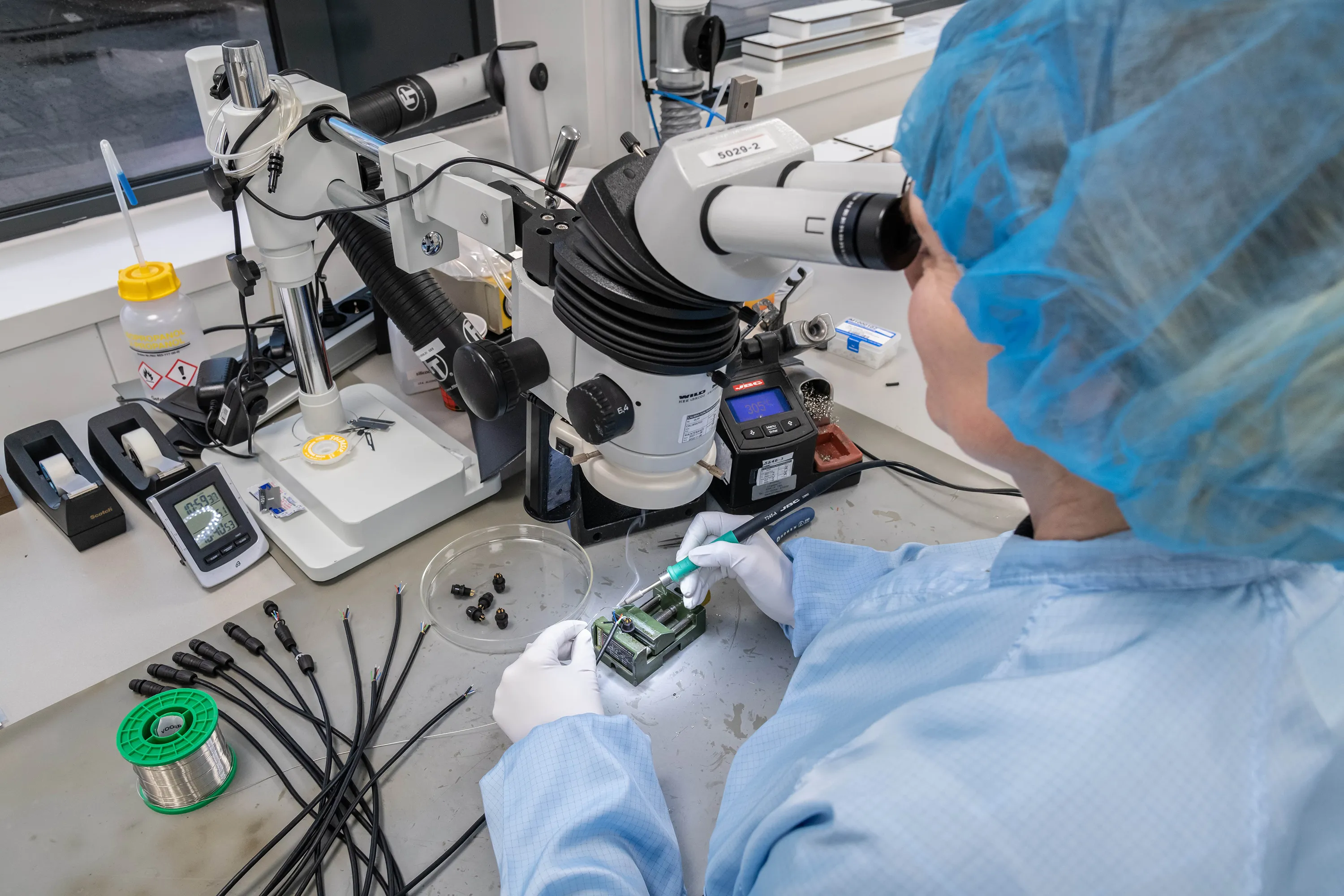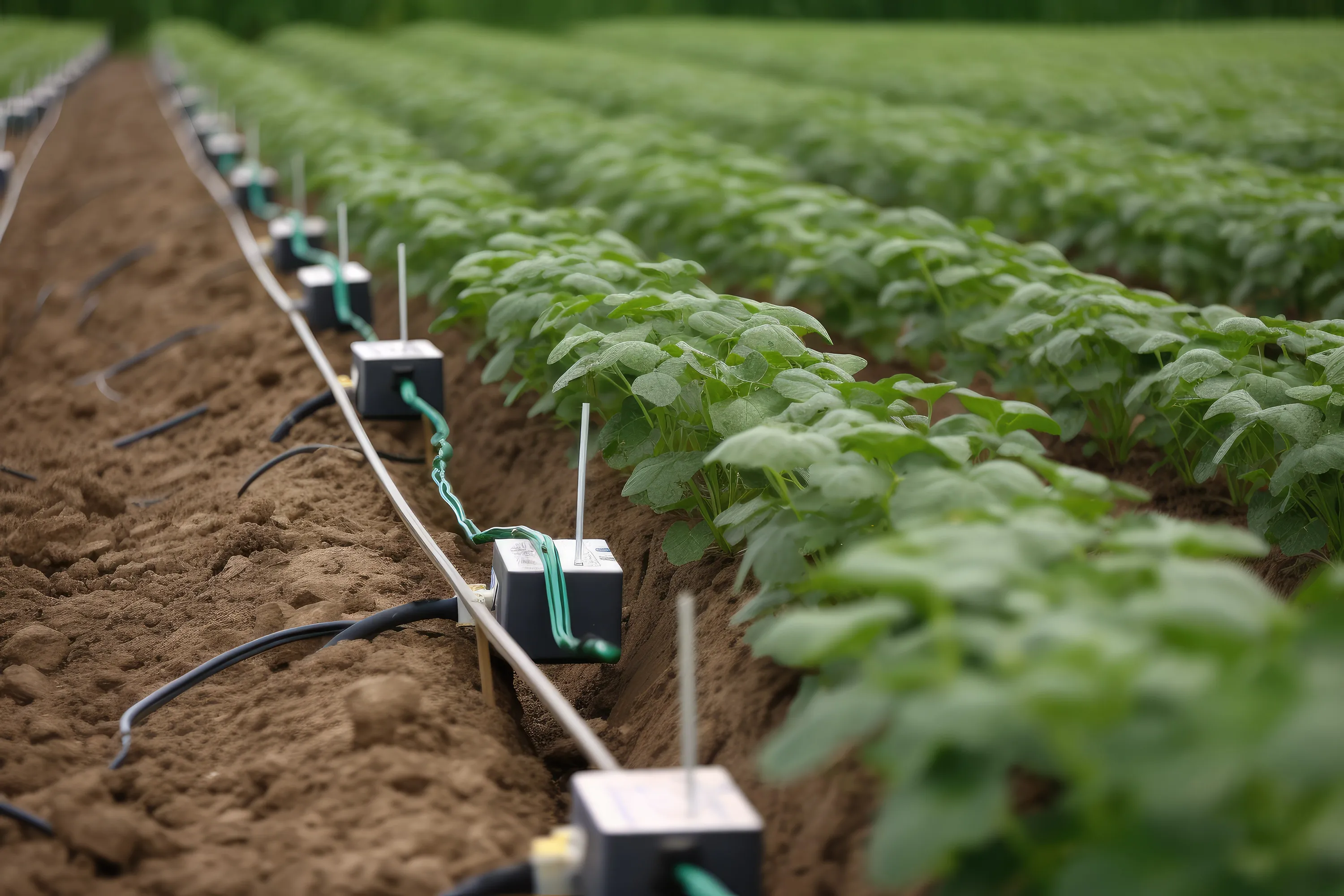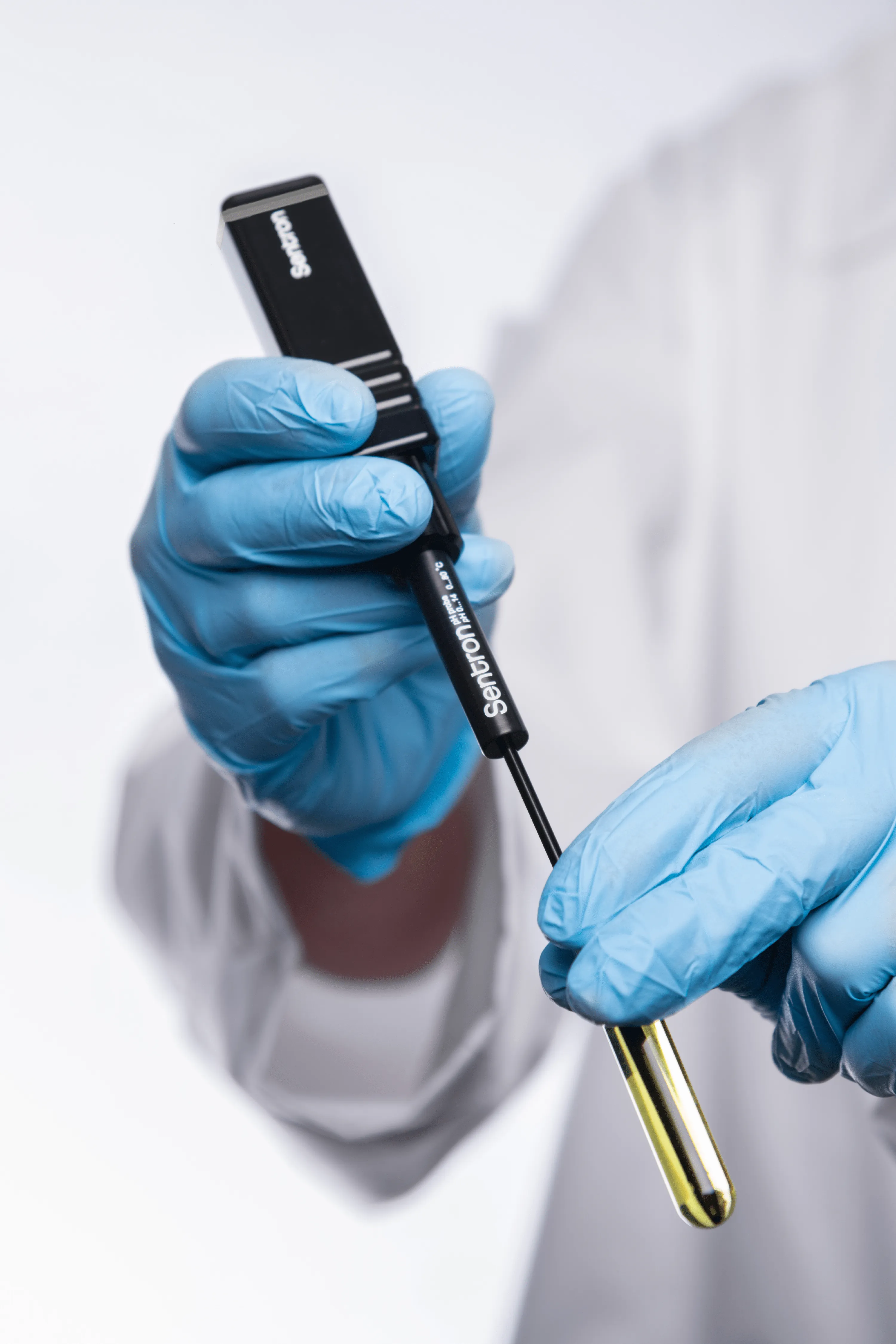
Millar and Sentron have joined forces to deliver the next generation of pH sensing solutions. Combining Millar’s legacy in precision sensors with Sentron’s industrial pH expertise, we’re expanding what’s possible across industries such as medicine, food and agriculture.
With industry-specific performance and proven durability, our ISFET pH sensors seamlessly integrate and meet the demands of medical and industrial devices.

Millar’s ISFET pH sensors are the only known pH sensors to be used in clinically approved medical devices. ISFET pH sensors offer versatile applications across a spectrum of medical fields. From gastrointestinal smart pills to smart bandages for wound care, the potential uses for ISFET pH sensors in medical applications are vast and varied.

Next-gen agriculture devices integrated with our ISFET pH sensors give growers and researchers fast, accurate soil readings without the fragility of glass electrodes. Designed for demanding field use, these durable sensors help optimize soil conditions, guide fertilizer application, and support better crop health.

Our ISFET pH sensors easily integrate with industrial devices that help improve food and beverage production with fast, accurate measurements and support quality control, shelf-life optimization and regulatory compliance.

Built to withstand harsh field conditions, our ISFET pH sensors integrate with environmental monitoring devices for real-time, reliable data whether you’re monitoring remote water sources or urban runoff sites.
| ISFET1000, ISFET800, ISFET520 | |
|---|---|
| Sensor | Glass-free Ion Sensitive Field Effect Transistor (ISFET) Semiconductor |
| pH Range | 0–14 pH |
| Accuracy | ±0.02 pH |
| Resolution | 0.01 pH |
| Drift Maximal (in pH7 @ 25°C) | 0.14 pH/day |
| Drift Typical (in pH7 @ 25°C) | 0.05 pH/day and lower |
| Calibration | 1, 2, 3 and 5-point calibration |
| Automatic Temperature Compensation (ATC) Calibration | Yes |
ISFET pH sensors work by measuring the voltage generated when hydrogen ions in the solution interact with the gate of the transistor. The gate of the transistor is coated with a thin layer of a sensitive material that reacts to changes in pH. When the gate interacts with the hydrogen ions in the solution, a voltage is generated that is proportional to the pH of the solution.

Explore our full range of pH and multiparameter probes built for high-fidelity sensing across agriculture, water, environmental, and food and beverage applications.

Accelerate your medical or industrial device development with our comprehensive ISFET pH R&D Kits. These kits are equipped with the sensors you need to quickly evaluate and integrate our technology into your device.
Need help choosing the right pH sensor? Download our pH Sensor selection guide to help find the best solution for your needs.
